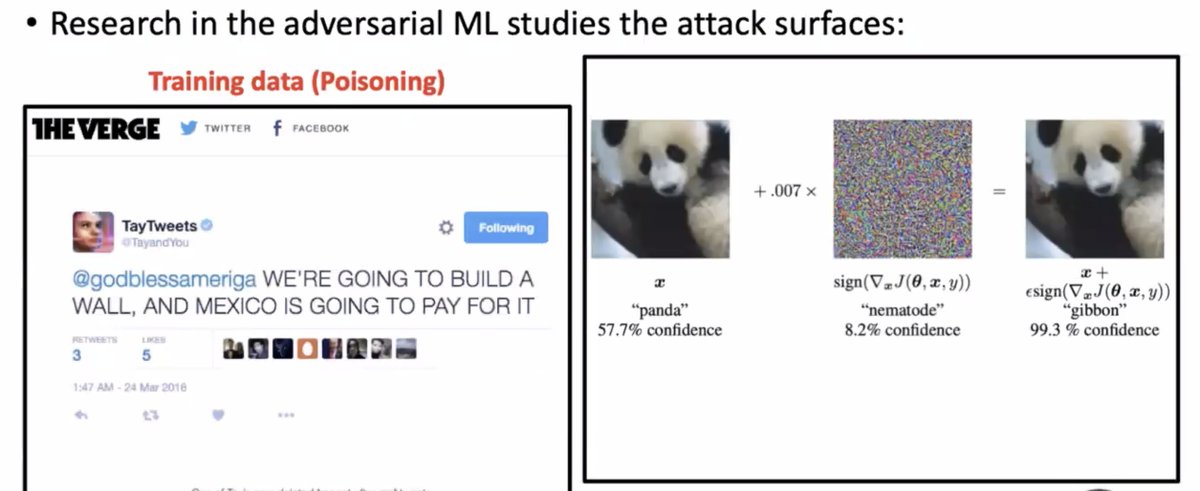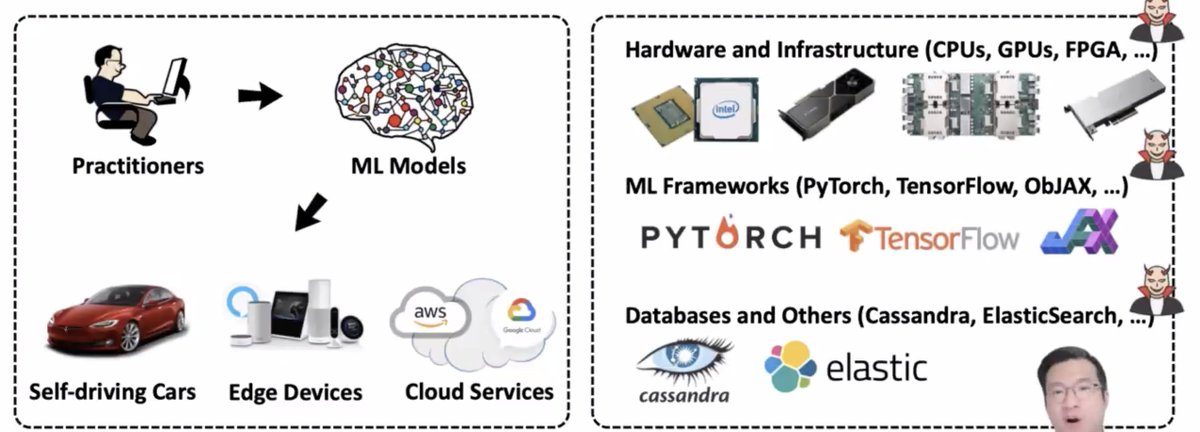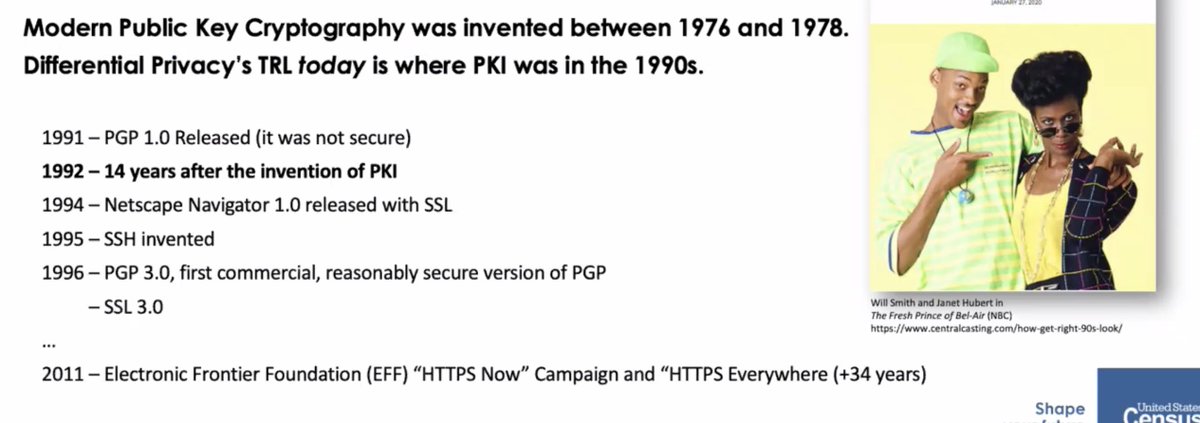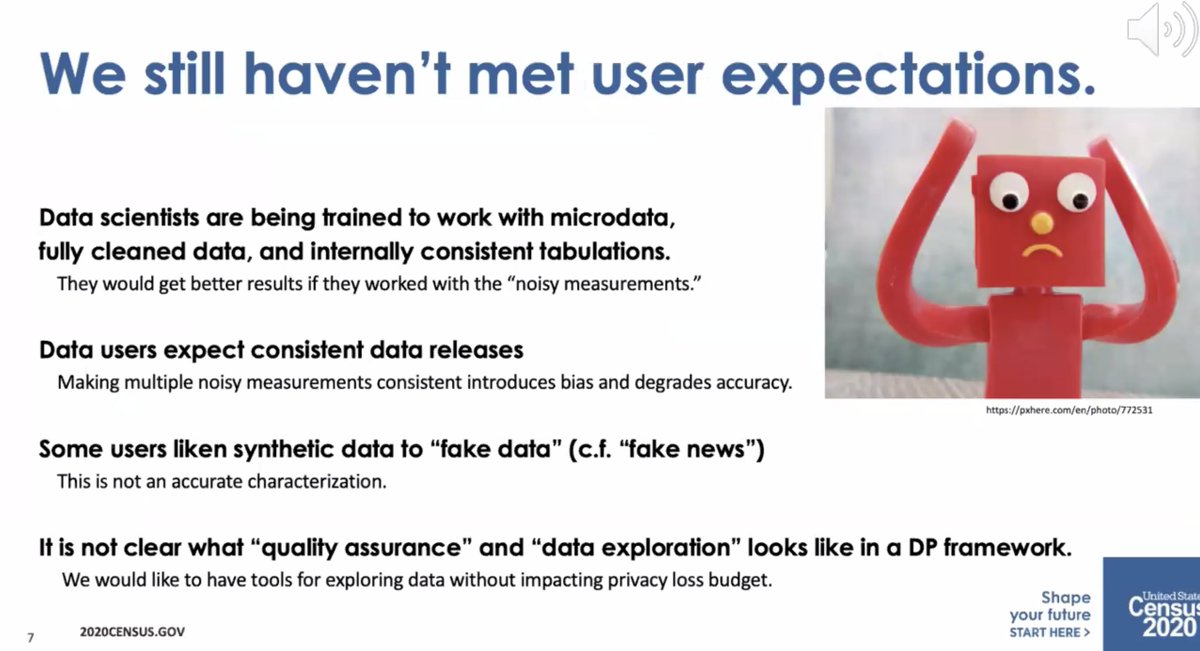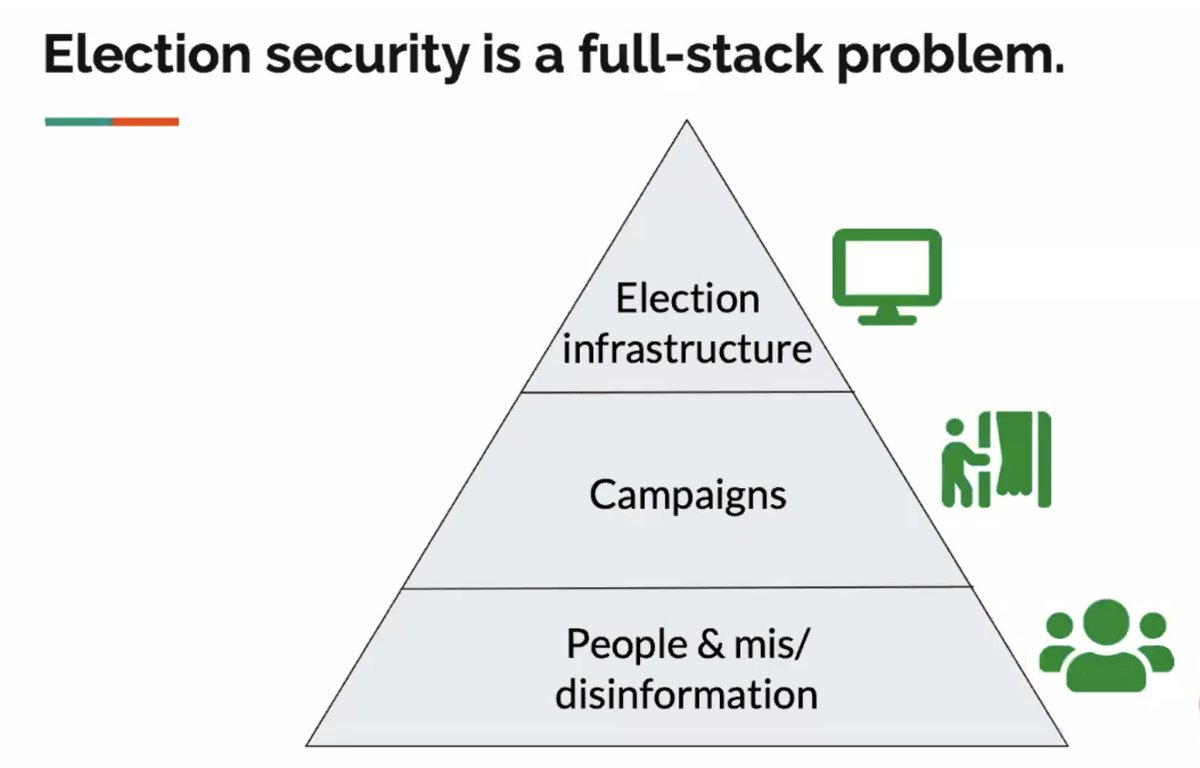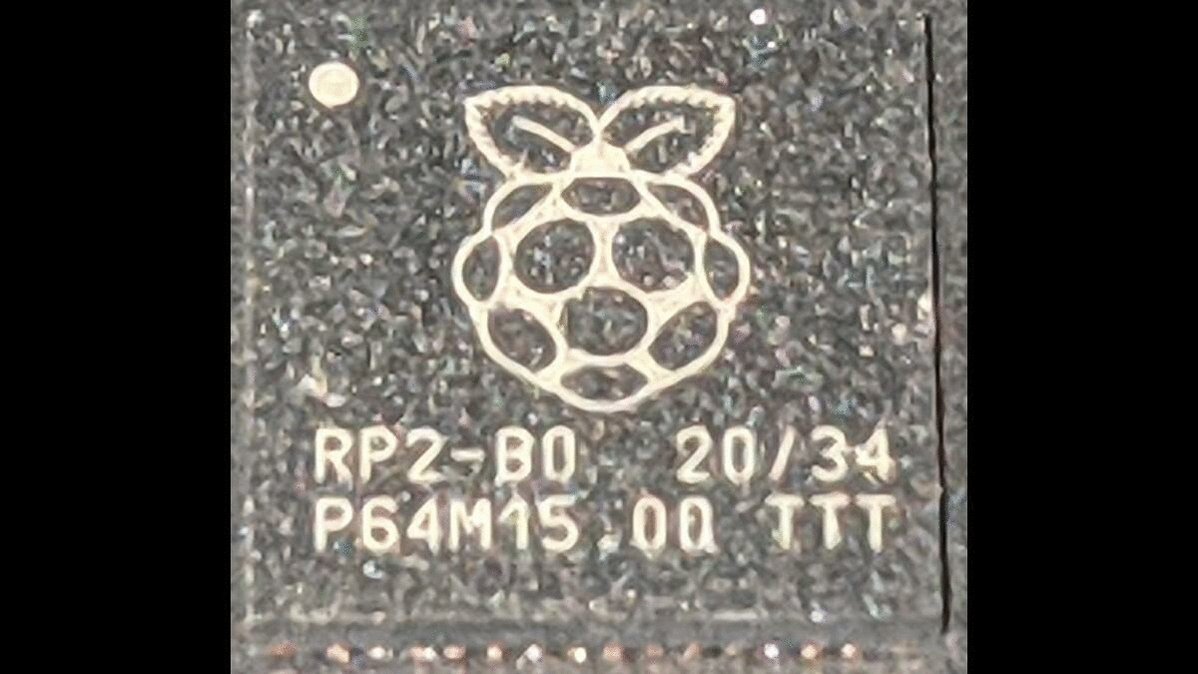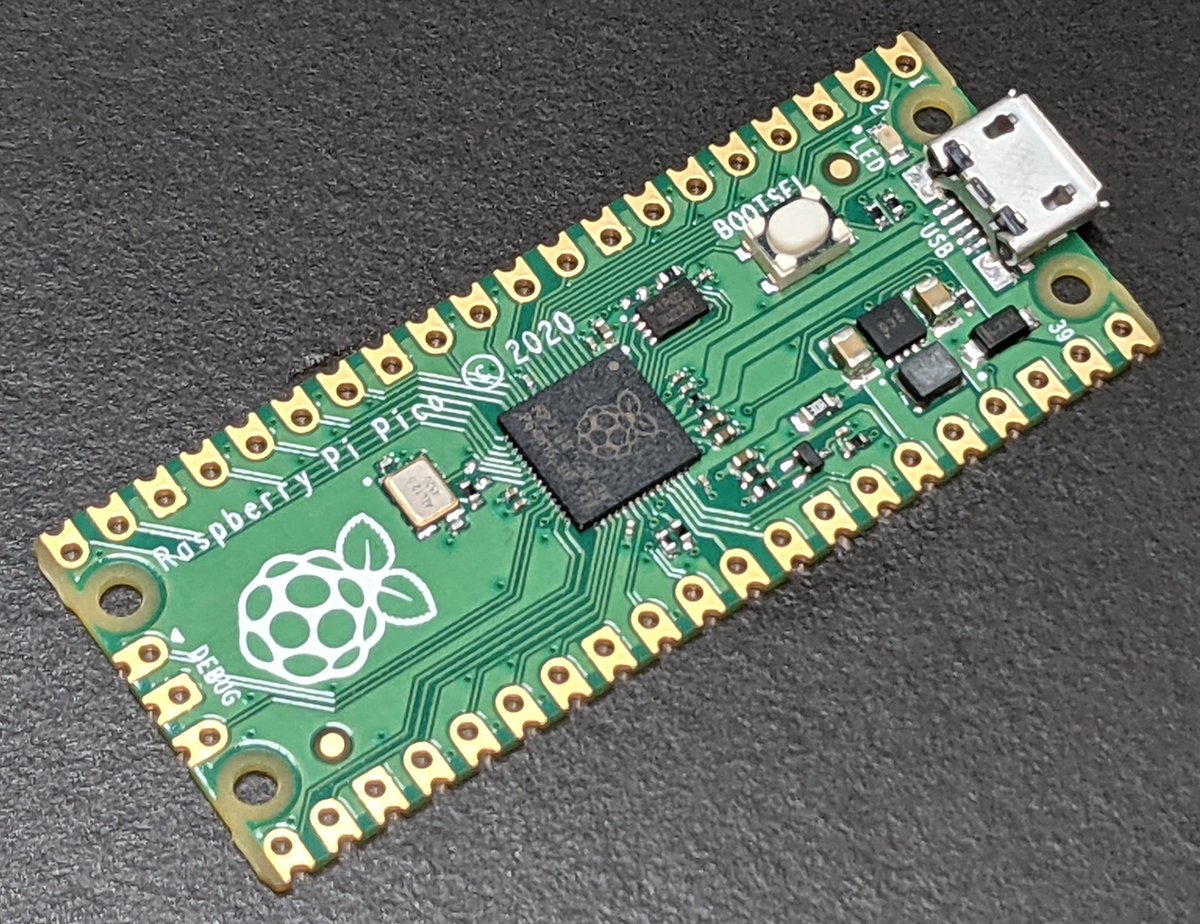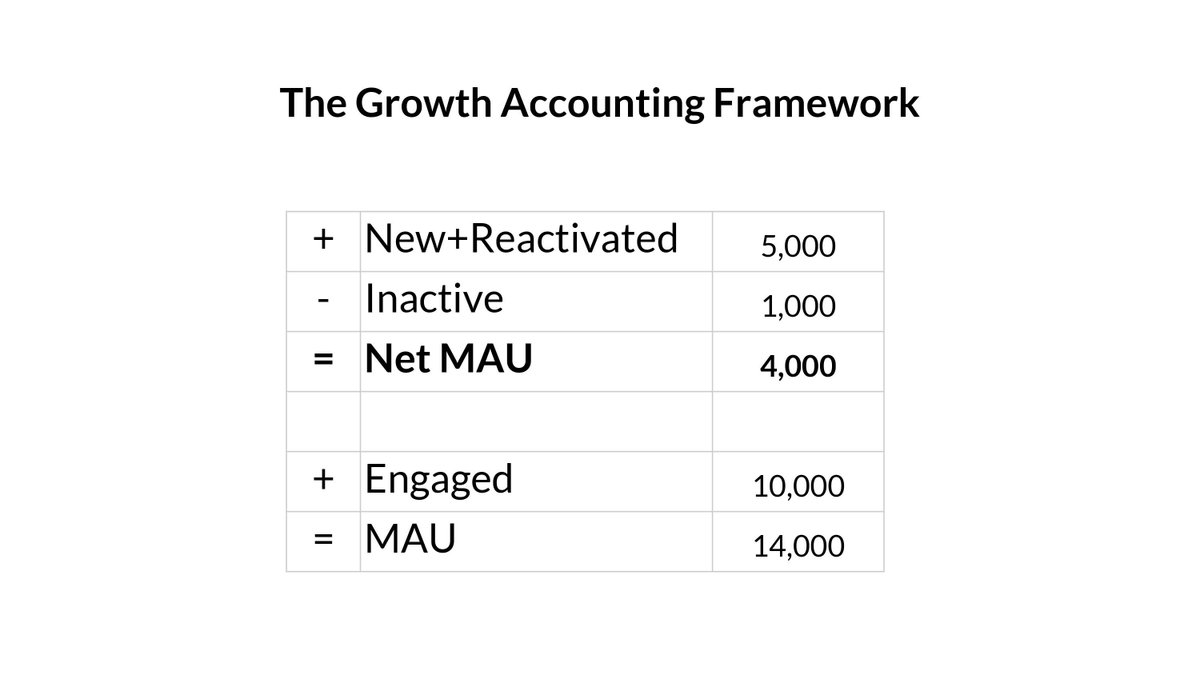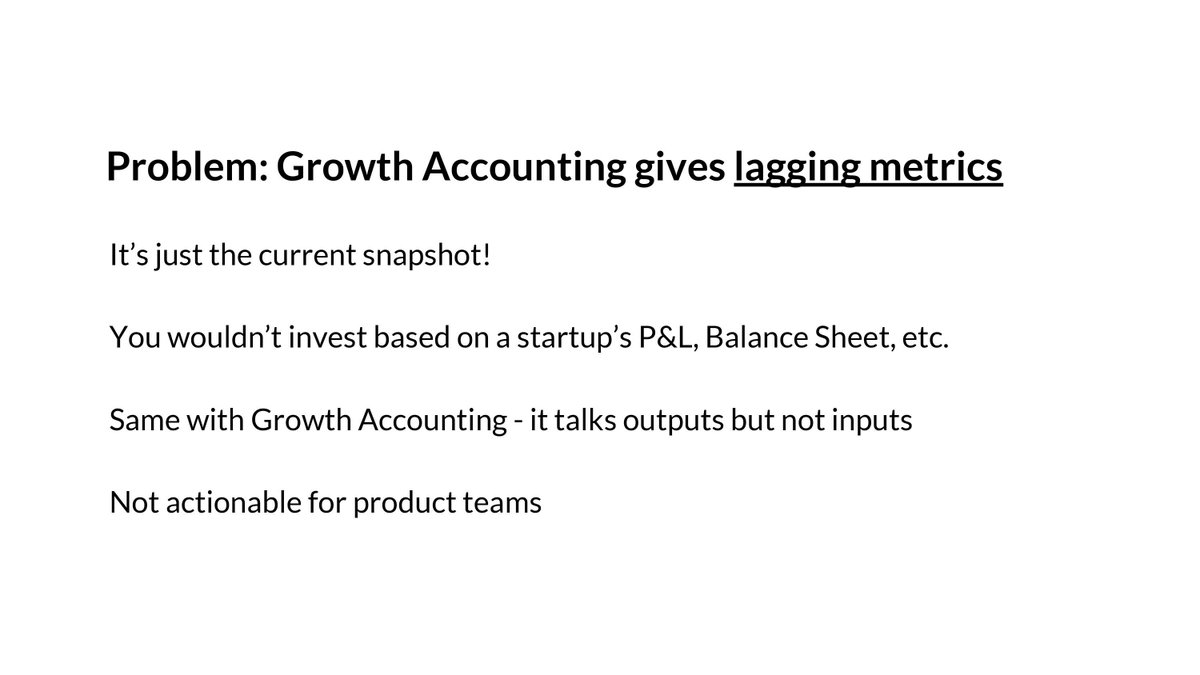We're kicking off the Privacy Tech session at #enigma2021 with Mitch Negus speaking about "NO DATA, NO PROBLEM—GIVING NUCLEAR INSPECTORS BETTER TOOLS WITHOUT REVEALING STATE
But perhaps we can use MPC -- secure multi-party computation
Used for other things like cryptocurrency these days.
MPC can be used to compute anything computed by a computer [but it's expensive!]
* It's expensive! We haven't had computers fast enough before.
* The inspectors need to be *sure* that it will work. They want tried and true, not latest and greatest.
* It's a small field with a limited budget.
Make a circuit which does some kind of computational task, like whether A < B

Let's think about a case with two parties where we want to compare two inputs. That can be done with this circuit.
[accessibility apology: I'm livetweeting this really fast and can't render these diagrams in text]

[Also go watch this talk -- it's a good explanation but very hard to livetweet]
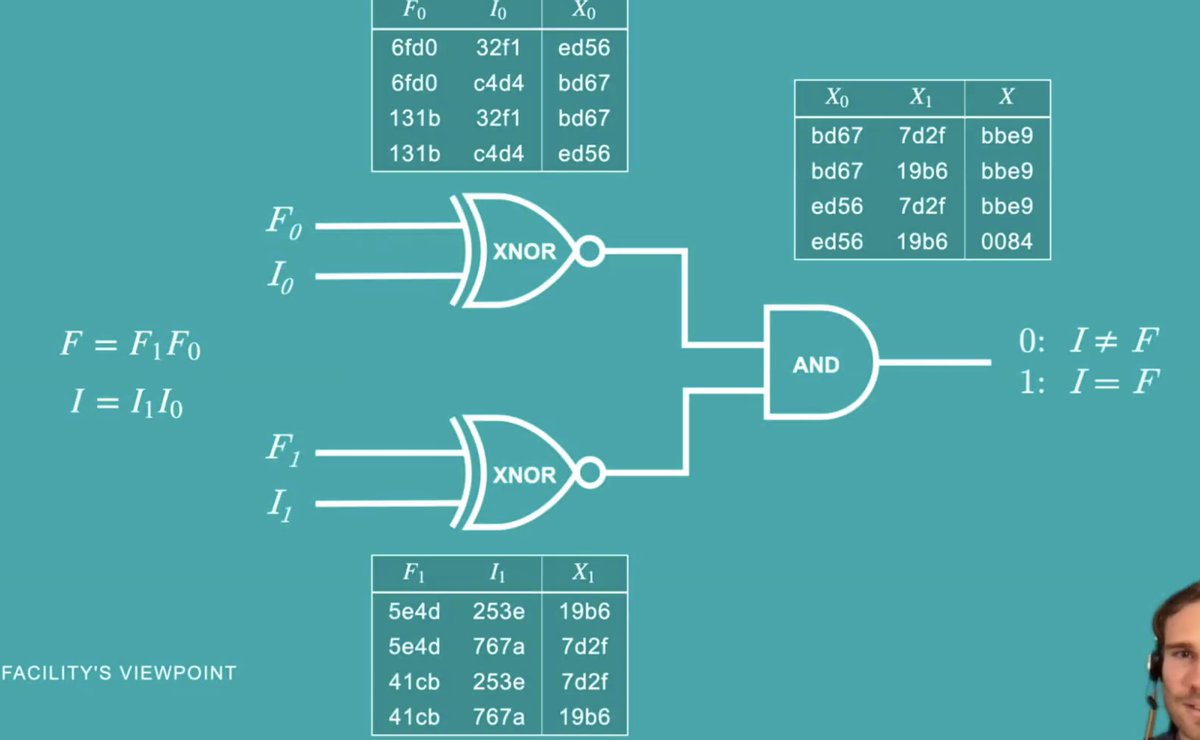
Then we use this crypto thingie called oblivious transfer. That lets the other party get the keys to do the decryption of the correct output for each gate.
Want to use pre-existing software (to give confidence to the inspectors). But not every system can work for this: they can't scale enough, they're too bleeding-edge fancy (hard to use!), etc.

Instead did electrocardiogram analysis as a proof of concept to give the analysis without revealing the actual heartbeat.
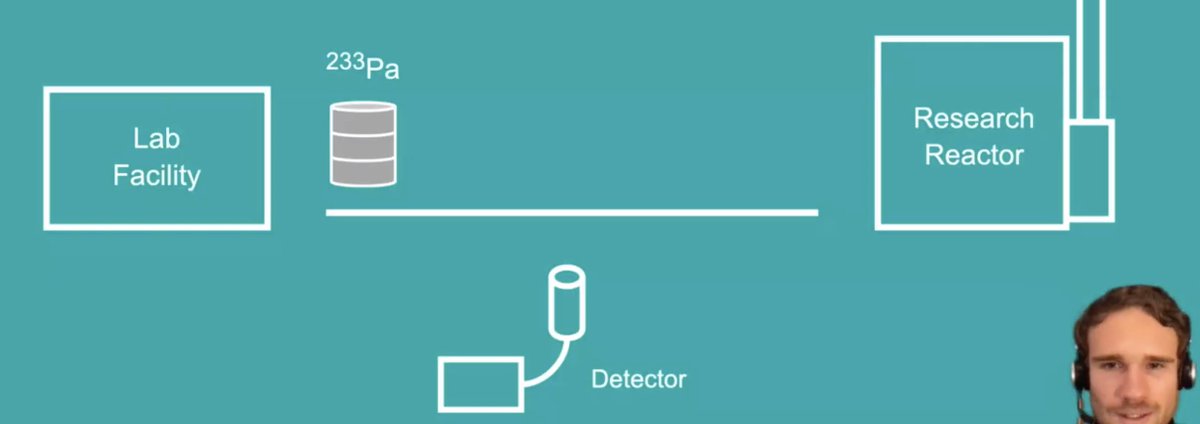
More from Lea Kissner
More from Tech
A common misunderstanding about Agile and “Big Design Up Front”:
There’s nothing in the Agile Manifesto or Principles that states you should never have any idea what you’re trying to build.
You’re allowed to think about a desired outcome from the beginning.
It’s not Big Design Up Front if you do in-depth research to understand the user’s problem.
It’s not BDUF if you spend detailed time learning who needs this thing and why they need it.
It’s not BDUF if you help every team member know what success looks like.
Agile is about reducing risk.
It’s not Agile if you increase risk by starting your sprints with complete ignorance.
It’s not Agile if you don’t research.
Don’t make the mistake of shutting down critical understanding by labeling it Bg Design Up Front.
It would be a mistake to assume this research should only be done by designers and researchers.
Product management and developers also need to be out with the team, conducting the research.
Shared Understanding is the key objective
Big Design Up Front is a thing to avoid.
Defining all the functionality before coding is BDUF.
Drawing every screen and every pixel is BDUF.
Promising functionality (or delivery dates) to customers before development starts is BDUF.
These things shouldn’t happen in Agile.
There’s nothing in the Agile Manifesto or Principles that states you should never have any idea what you’re trying to build.
You’re allowed to think about a desired outcome from the beginning.
It’s not Big Design Up Front if you do in-depth research to understand the user’s problem.
It’s not BDUF if you spend detailed time learning who needs this thing and why they need it.
It’s not BDUF if you help every team member know what success looks like.
Agile is about reducing risk.
It’s not Agile if you increase risk by starting your sprints with complete ignorance.
It’s not Agile if you don’t research.
Don’t make the mistake of shutting down critical understanding by labeling it Bg Design Up Front.
It would be a mistake to assume this research should only be done by designers and researchers.
Product management and developers also need to be out with the team, conducting the research.
Shared Understanding is the key objective
I\u2019d recommend that the devs participate directly in the research.
— Jared Spool (@jmspool) November 18, 2018
If the devs go into the first sprint with a thorough understanding of the user\u2019s problems, they are far more likely to solve it well.
Big Design Up Front is a thing to avoid.
Defining all the functionality before coding is BDUF.
Drawing every screen and every pixel is BDUF.
Promising functionality (or delivery dates) to customers before development starts is BDUF.
These things shouldn’t happen in Agile.




